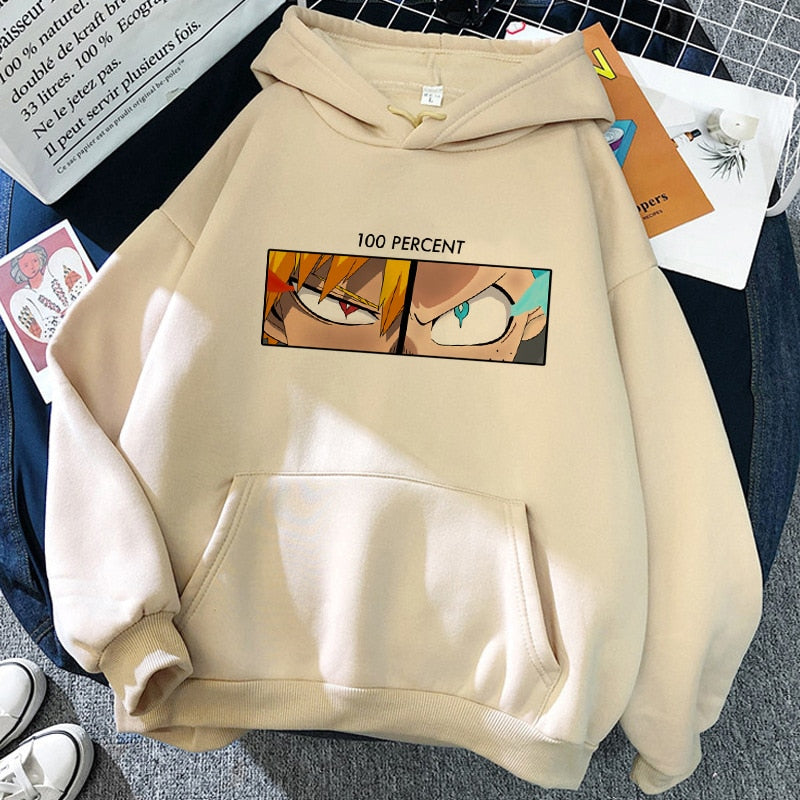News
Unveiling the Evolution: A Journey Through the History of Anime
Unveiling the Evolution: A Journey Through the History of Anime
Anime, the captivating world of animated storytelling, has a rich history that spans over a century. From its humble beginnings to its status as a global cultural phenomenon, the evolution of anime is a testament to its enduring appeal and artistic innovation. In this blog post, we embark on a chronological journey through the history of anime, tracing its origins, pivotal moments, and transformative impact on the world.
-
Origins and Early Influences (Early 20th Century - 1930s):
The roots of anime can be traced to traditional Japanese art forms like ukiyo-e and kamishibai, which laid the groundwork for animation experimentation. Influences from Western animation pioneers like J. Stuart Blackton and Walt Disney contributed to the emergence of the medium in Japan.
-
The Birth of Modern Anime (1940s - 1950s):
The aftermath of World War II brought resource constraints, but it also marked the emergence of artists like Osamu Tezuka. His work, including "Astro Boy," introduced key elements of the modern anime style. Serialized anime television began to take shape during this period.
-
Diversification and Growth (1960s - 1970s):
The 1960s and 1970s saw the expansion of anime genres. Iconic series like "Gigantor" and "Speed Racer" gained international recognition. Studio Ghibli co-founder Hayao Miyazaki's influence started to be felt, setting the stage for his later masterpieces.
-
Global Recognition (1980s - 1990s):
The 1980s marked the golden era of anime, both in Japan and beyond. Influential series like "Mobile Suit Gundam," "Dragon Ball," and "Sailor Moon" captivated audiences. The introduction of direct-to-video releases (OVA) and the establishment of Studio Ghibli elevated the medium's artistic quality.
-
Digital Revolution (2000s - Present):
The 2000s brought digital advancements, transforming the animation process. A diverse range of genres emerged, from fantasy to mecha. Streaming platforms revolutionized anime distribution, and shows like "Naruto," "One Piece," and "Attack on Titan" gained international acclaim.
-
Global Phenomenon and Beyond (2010s - Present):
The past decade solidified anime's status as a global cultural phenomenon. Streaming platforms like Crunchyroll and Netflix made anime accessible worldwide. Hit series like "Demon Slayer: Kimetsu no Yaiba" and "Jujutsu Kaisen" showcased anime's wide-reaching impact.
Conclusion:
The history of anime is a testament to the power of artistic innovation and storytelling. From its humble beginnings rooted in Japanese culture to its global dominance in the modern era, anime's evolution is a captivating journey. It has shaped pop culture, inspired artists, and provided audiences with a diverse array of narratives. As we look to the future, the world of anime continues to thrive, captivating hearts and minds across continents.





